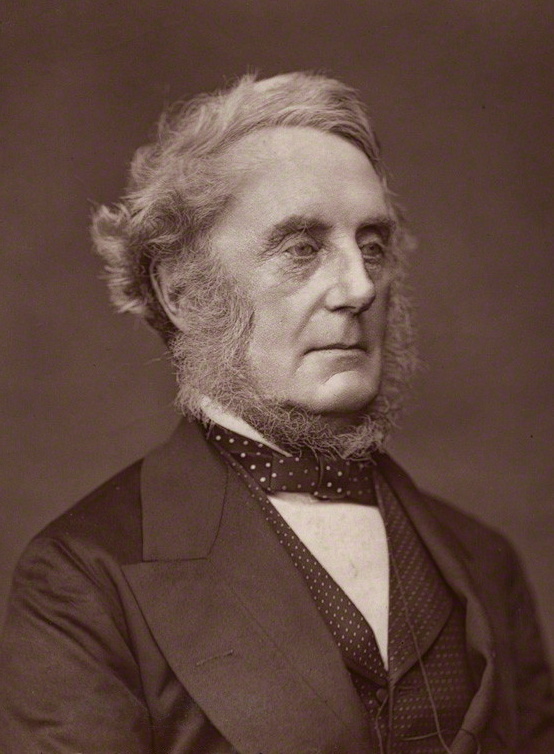FJAG
Army.ca Legend
- Reaction score
- 15,185
- Points
- 1,160
That's my thought in essence but I think it falls into what I call the "Canadian Trap" in that it doesn't call for a plan to grow the Army.I’m of the opinion that 1 CMBG should be changed into an ABCT - and ‘twinned’ to a US Corps ( III or V) playing with them as much as possible.
2 CMBG should become a Light Bde and work with XVIII Airborne Corps.
5 ideally would become a SBCT or probably more practically setup along a USMC Organization (that would require a significant RCAF and RCN buy in however).
I'm a firm follower of this:
Even more important, Canada’s military has neither a real plan nor an ability to expand its standing forces into something larger in a crisis. As J.L Granatstein and LGen (ret’d) Charles Belzile stated when discussing mobilization (or “activation”) of the reserves in their ten year review of the Special Commission of the Restructuring of the Reserves 1995:
... Another way of putting this is that no planning is being done for a major war.
This is shortsighted in the extreme. A military that thinks in terms of turning itself into a great host in a crisis is very different from one that is small, thinks small, and plans for very little.
The Canadian Forces needs a plan.[1]
[1] J.L. Granatstein and LGen (retd) Charles Belzile, The Special Commission on Restructuring the Reserves, 1995: Ten Years Later Centre for Military and Strategic Studies, Calgary, 2005 p. 12
https://d3n8a8pro7vhmx.cloudfront.n...cturing_The_Reserves_-_English.pdf?1413661138
There is absolutely no doubt in my mind that we need to form heavy, medium and light forces, preferably at the brigade group level. Canada should make a plan which concentrates on a peacetime light to medium force and a wartime heavy force with the former being dominated by the full-time Army and the later by a hybrid full/part-time Army. What could be reduced to one or two full-time brigades should be complemented by an additional four to six hybrid full/part-time brigades (enabler formations included) which could be mobilized for major emergencies including war.
IMHO, those who believe that there will never be a need for a large fighting force are still drinking the 2000-2005 Kool-Aid of the all singing and dancing medium force and have not learned the lessons of how true deterrence operates in a modern world.
Once the decision is made to have a core full-time element and an expandable hybrid full/part-time force then all the decisions respecting infrastructure, organization, equipment, terms of service, training, career paths, etc etc can fall into place.




